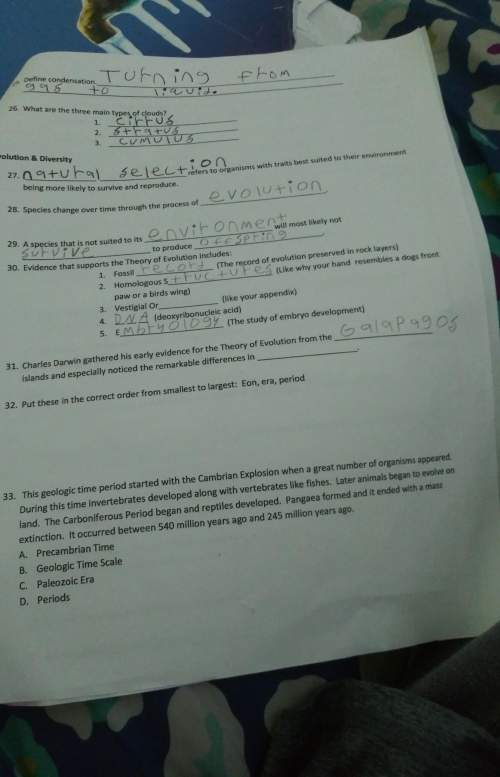
Physics, 18.09.2019 16:10 robertobi5397
Aproton with an initial speed of 600,000 m/s is brought to rest by an electric field. part a part complete did the proton move into a region of higher potential or lower potential? because the proton is a positive charge and it slows down as it travels, it must be moving from a region of lower potential to a region of higher potential. because the proton is a negative charge and it accelerates as it travels, it must be moving from a region of higher potential to a region of lower potential. because the proton is a negative charge and it accelerates as it travels, it must be moving from a region of lower potential to a region of higher potential. because the proton is a positive charge and it slows down as it travels, it must be moving from a region of higher potential to a region of lower potential. previous answers correct here we learn how to determine the distribution of the electric potential based on the movement of a charged particle. part b part complete what was the potential difference that stopped the proton? express your answer with the appropriate units. δv = 1900 v previous answers correct here we learn how to use the law of energy conservation to find the potential difference needed to stop the movement of a charged particle. part c what was the initial kinetic energy of the proton, in electron volts? express your answer in electron volts.

Answers: 3
Another question on Physics

Physics, 22.06.2019 03:50
Two polarizers are oriented at 70∘∘ to one another. unpolarized light falls on them. what fraction of the light intensity is transmitted?
Answers: 1

Physics, 22.06.2019 05:00
The image below shows numerous volcanic mountains in the pacific northwest. what is the most likely cause of the volcanic and earthquake activity in this region?
Answers: 2

Physics, 22.06.2019 06:20
Oxygen undergoes an isentropic expansion from 120 degree c and 280 kpa absolute to 140 kpa absolute. determine the final temperature of the oxygen and the amount of work per kg of o_2 produced in the process if it is adiabatic.
Answers: 1

You know the right answer?
Aproton with an initial speed of 600,000 m/s is brought to rest by an electric field. part a part co...
Questions







Computers and Technology, 11.12.2019 04:31

Mathematics, 11.12.2019 04:31





Computers and Technology, 11.12.2019 04:31

Chemistry, 11.12.2019 04:31


Biology, 11.12.2019 04:31

English, 11.12.2019 04:31







